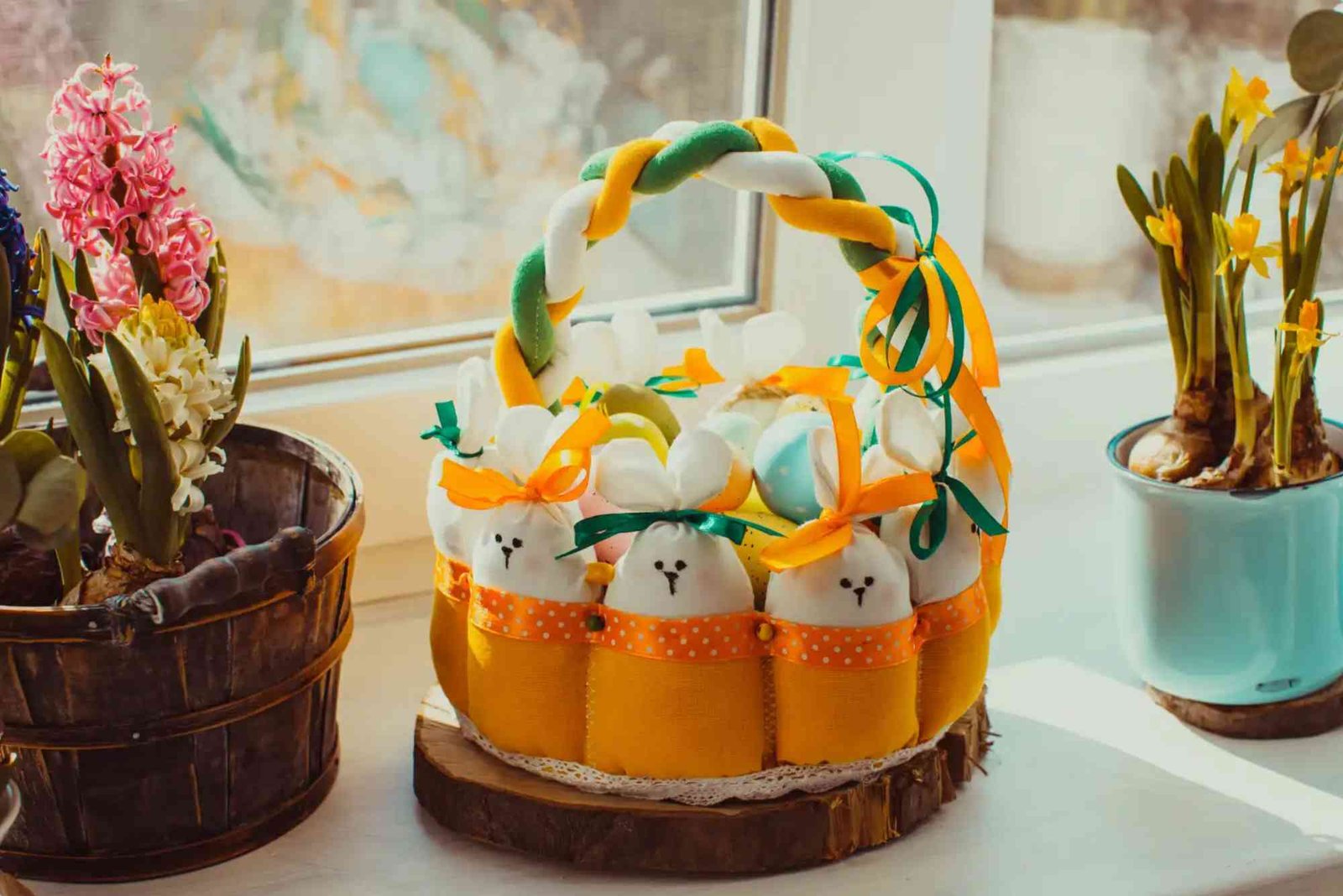Introduction
Finding creative ideas to the for complete projects—whether home improvement, business strategies, or personal goals—can feel overwhelming at first. However, when you approach creativity with structure and inspiration, your projects can transform from simple tasks into exciting achievements. This guide provides in-depth, actionable insights on how to think creatively, organize effectively, and execute with purpose. By following The Complete Guide, you’ll learn not only how to generate innovative ideas but also how to bring them to life with confidence.
Understanding the Power of Creativity
Creativity isn’t limited to artists or designers—it’s a fundamental skill that anyone can develop. When we talk about creative ideas to the for complete, we’re referring to finding innovative solutions for everyday challenges. Creativity drives progress, enhances productivity, and makes even routine tasks more enjoyable.
In today’s fast-paced world, creative thinking is vital in every aspect of life—from designing a living space to launching a new business idea. By thinking outside the box, you gain the ability to approach problems differently, leading to unique and efficient outcomes.
How to Generate Creative Ideas
Generating Creative Ideas to the for Complete is an art in itself. It involves curiosity, exploration, and a willingness to experiment. Here are practical methods to spark your creativity and find inspiration for your next project.
Brainstorm Without Judgment
Start by writing down every idea that comes to mind. Don’t filter your thoughts—let your imagination flow freely. The goal at this stage is quantity over quality. Once you have a list, refine and evaluate which ideas best align with your project goals.
Observe and Absorb
Inspiration often comes from observation. Look at the world around you—nature, architecture, art, and even conversations can spark new ideas. When you train your mind to notice details, creative connections begin to form naturally.
Mix and Match Concepts
Some of the best ideas come from combining unrelated concepts. For instance, blending technology with traditional design principles can produce groundbreaking results. This approach is particularly useful in home renovation and digital innovation.
Embrace Experimentation
Don’t be afraid of failure. Every attempt, whether successful or not, teaches something valuable. Creativity flourishes when you experiment, adapt, and grow from your experiences.
Applying Creative Ideas in Everyday Life
Now that you understand how to generate creative ideas, let’s explore how to apply them effectively in daily situations.
Home Improvement and Design
One of the most common areas where creativity shines is in home improvement. You can transform your living space by reimagining layouts, using color creatively, or repurposing old furniture. For inspiration, refer To Home Depot where you can find endless ideas, materials, and tools to complete your projects efficiently.
Work and Business Projects
In the professional world, creativity drives innovation. From marketing strategies to product design, fresh ideas can give your business a competitive edge. Encourage brainstorming sessions, explore customer feedback, and adopt flexible thinking to foster innovation in the workplace.
Personal Development
Creativity isn’t just about producing things—it’s also about self-improvement. You can use creative thinking to set personal goals, solve problems, and manage time better. This approach helps in enhancing decision-making and emotional well-being.
Tools and Techniques for Effective Creativity
The creative process becomes more efficient when supported by the right tools and strategies.
Visualization and Mind Mapping
Visual thinking techniques like mind mapping help organize complex ideas. By drawing connections between concepts, you can identify new patterns and innovative approaches to completing projects.
Digital Tools for Creative Projects
Today’s technology offers countless tools that simplify creative tasks. Apps for brainstorming, design, and project management make it easier to collaborate and stay organized. If you’re exploring resources, visit The Complete Guide for curated recommendations and step-by-step instructions.
Collaboration and Feedback
Creativity thrives in a collaborative environment. Sharing your ideas with others can bring new perspectives and insights. Constructive feedback from peers often refines your ideas and leads to stronger results.
Turning Ideas into Action
Having great ideas is only the beginning—the true value lies in execution.
Plan with Precision
Once you’ve identified your creative idea, develop a clear plan. Outline the steps needed, assign deadlines, and gather the resources required. Planning ensures you stay on track and reduces the risk of burnout.
Stay Motivated Through Challenges
Creative projects often come with setbacks. Staying motivated means embracing challenges as opportunities to learn. Remember that consistency, not perfection, is the key to completion.
Celebrate Every Milestone
Recognizing progress is vital. Celebrating small wins keeps your enthusiasm high and reinforces a positive mindset throughout the creative journey.
Examples of Creative Projects
Real-life examples help illustrate how creativity transforms ideas into tangible outcomes.
-
Interior Design Transformation: A small apartment was turned into a minimalist masterpiece by reusing existing furniture and playing with light and texture.
-
Entrepreneurial Innovation: A small business boosted sales by introducing digital workshops during lockdowns, combining creativity with practicality.
-
Personal Productivity System: A freelancer developed a visual task board using color-coded sticky notes to manage time and boost motivation.
Each of these examples demonstrates how creativity adapts to context—there’s no one-size-fits-all solution. The key is to customize your approach and make it meaningful to your goals.
Overcoming Creative Blocks
Every creative person faces blocks from time to time. Understanding how to overcome them is essential.
Step Away and Refresh
When stuck, take a break. Walk outside, listen to music, or do something unrelated. This mental reset often clears the path for new ideas.
Change Your Environment
Sometimes, a new setting can stimulate creativity. Rearrange your workspace, visit a park, or even work in a café to reignite your imagination.
Seek Inspiration from Others
Look at how others approach similar problems. Reading case studies, watching documentaries, or attending workshops can help spark new ways of thinking.
Expert Insights on Creative Success
Experts across fields agree that creativity is not an innate gift but a skill that can be developed. Successful innovators often share common habits—they stay curious, take calculated risks, and remain persistent despite obstacles.
By applying these principles, you can enhance not only your creativity but also your overall productivity and satisfaction. Creativity connects ideas, people, and opportunities in unexpected ways.
Learn More and Expand Your Skills
To continue your creative journey, it’s essential to keep learning and exploring. You can Learn more about the complete guide through professional resources and expert tutorials that dive deeper into the creative process. Regular learning helps you adapt to changing trends and keeps your ideas fresh.
Creativity is more than imagination—it’s the power to transform ideas into reality. Whether you’re redecorating your home, launching a business, or improving your daily life, thinking creatively helps you achieve outstanding results. Embrace experimentation, keep learning, and approach challenges with confidence.
Your next project deserves a touch of originality and inspiration. Visit the complete guide for actionable insights and practical resources To Home Depot for tools and materials that bring your ideas to life. Start your journey today, and watch how creativity transforms the way you think, work, and live.
Frequently Asked Questions
1. How can I find creative ideas for my next project?
Start by observing your surroundings, brainstorming freely, and drawing inspiration from everyday experiences. Keep an open mind and experiment without fear of failure.
2. What are the best tools for creativity?
Mind mapping apps, design software, and project management platforms can enhance your creative workflow. Explore both digital and traditional tools to find what fits your style.
3. How do I overcome creative blocks?
Take short breaks, seek feedback, and change your environment. Engaging in unrelated activities often refreshes your perspective and renews motivation.
4. Is creativity something you can learn?
Absolutely. With consistent practice, curiosity, and exposure to new experiences, anyone can develop creative skills and apply them effectively.
5. How can I use creativity at work?
Use brainstorming sessions, encourage collaboration, and adopt innovative problem-solving techniques to boost workplace productivity and innovation.




